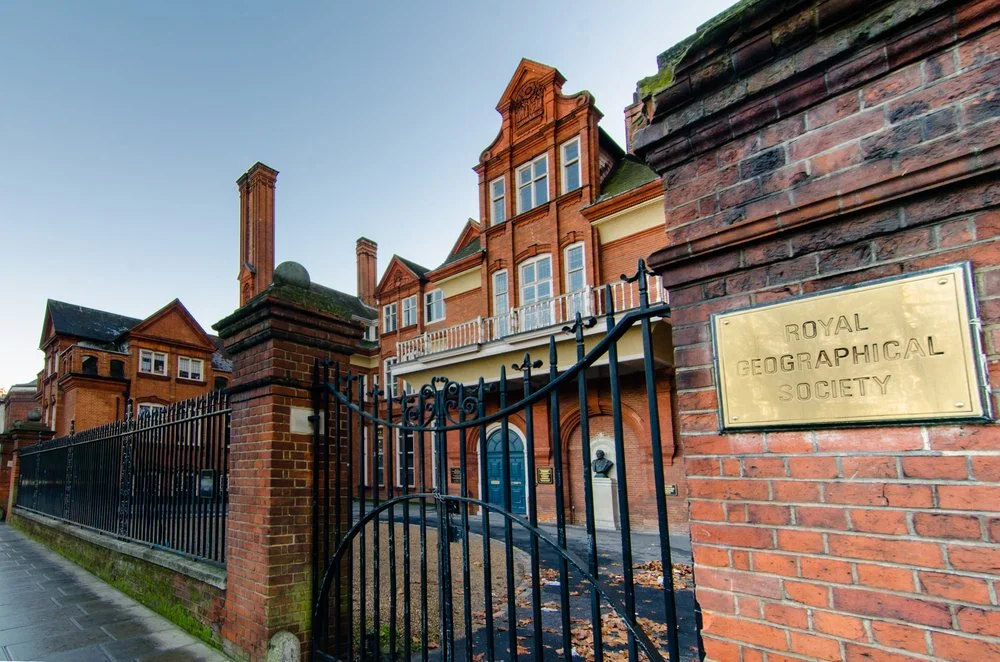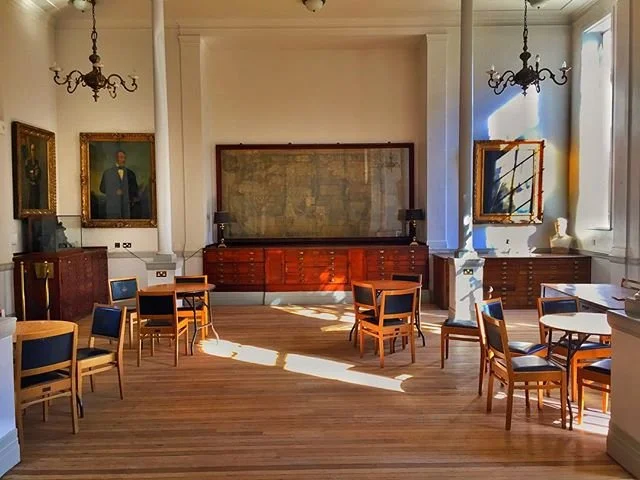Fellowship of the RGS
Photo: Shutterstock
I recently applied for and was awarded Fellowship of the Royal Geographical Society (RGS). Founded in 1830, the Society’s mission is to advance geographical science — a goal that continues to guide its work today. Many people know of the RGS through its historical association with famous explorers. It has supported landmark expeditions, including Roald Amundsen’s successful journey through the Northwest Passage in 1906 and Sir Edmund Hillary’s first ascent of Mount Everest with Tenzing Norgay in 1953.
Originally established as a dining club in London, the RGS has since evolved significantly. Today, it supports field research and expeditions, publishes academic work, hosts lectures and conferences, and maintains extensive historical collections. As Matt Pycroft, the current Vice President of Membership, explains below, the RGS can serve as a home for individuals working in geography, science, fieldwork, exploration, humanitarian efforts, conservation, and environmentalism.
What is a Fellow?
While anyone can join the Royal Geographical Society as a member, being elected as a Fellow is a more selective process. It requires nomination and evidence of a meaningful contribution to geography or a related field — whether through training, professional practice, research, publications, or equivalent work. Famous fellows include Charles Darwin, Robert Scott and Ernest Shackleton.
In my application for Fellowship, I made the case based on my contributions to advancing public geographical knowledge through both journalism and academic research. As a freelance adventure journalist, I’ve written around 500 articles for major outlets including ExplorersWeb, National Geographic UK, Sidetracked, The Guardian, Financial Times, and Outside, with a focus on exploration, environmental issues, and the evolving ethics of adventure — particularly in the polar regions. My aim has been to engage a wide audience through critical, geographically informed reporting and storytelling.
Alongside this, my academic career (my day job) spans over a decade in public health and medicine, with research examining the relationship between the environment and human health — core themes in human geography. Relevant highlights include co-authoring a chapter in the UK Chief Medical Officer’s 2024 Annual Report and co-leading delivery of a major randomised controlled trial that integrated wearable activity monitors, GPS data, and mapping into school geography lessons. Through both public communication and interdisciplinary research, I aimed to demonstrate a strong alignment with the RGS’s mission to promote geographical science and understanding — and I’m hugely pleased and honoured to say they agreed.
Why Become a Fellow?
I applied for Fellowship to connect with like-minded people in the UK who share an interest in expeditions and exploration. I was also drawn to the RGS’s extensive lecture series, historic archives in London, and the opportunity to apply for expedition grants. While Fellows are entitled to use the post-nominal letters FRGS, that aspect wasn’t a major incentive for me — I already have plenty of academic letters to ego boost should I need to. What I’m especially excited about is spending time in their map room, planning future adventures while immersed in the rich history of that room.
The Royal Geographical Society Map Room. Photo: Nick Gregan
I hope to honour the Society’s rich legacy of adventure and exploration through my writing, continuing to introduce readers to the more remote and lesser-known corners of our planet by reporting on expeditions. The first RGS event I will attend (online) is the Society’s medal and awards ceremony in early June. Just this week, the renowned modern polar explorer Børge Ousland — whose current Ellesmere Island expedition I am covering — was awarded the 2025 Founder’s Medal for his “unparalleled contributions to polar exploration.” Previous recipients of this prestigious award include legendary adventurers such as Knud Rasmussen, Douglas Mawson, and Chris Bonington.

